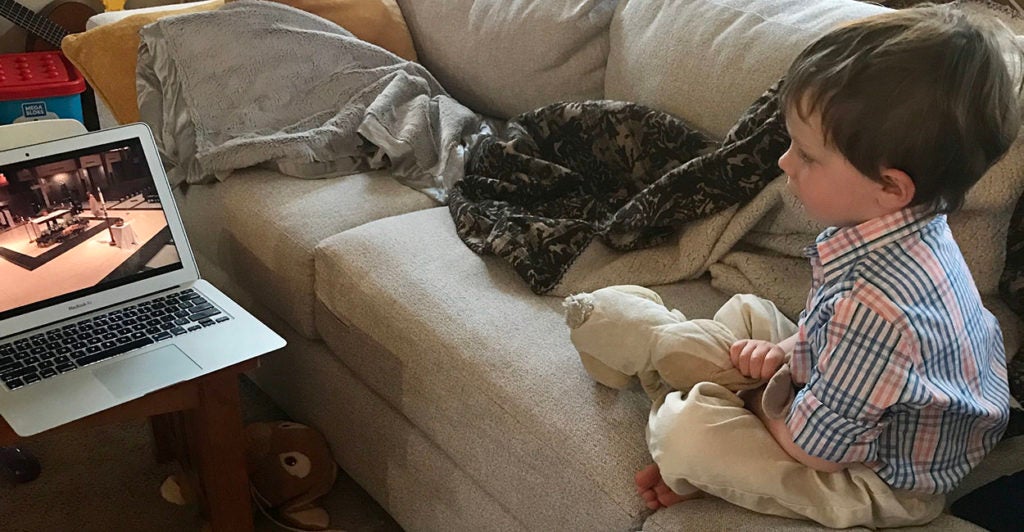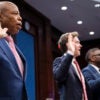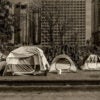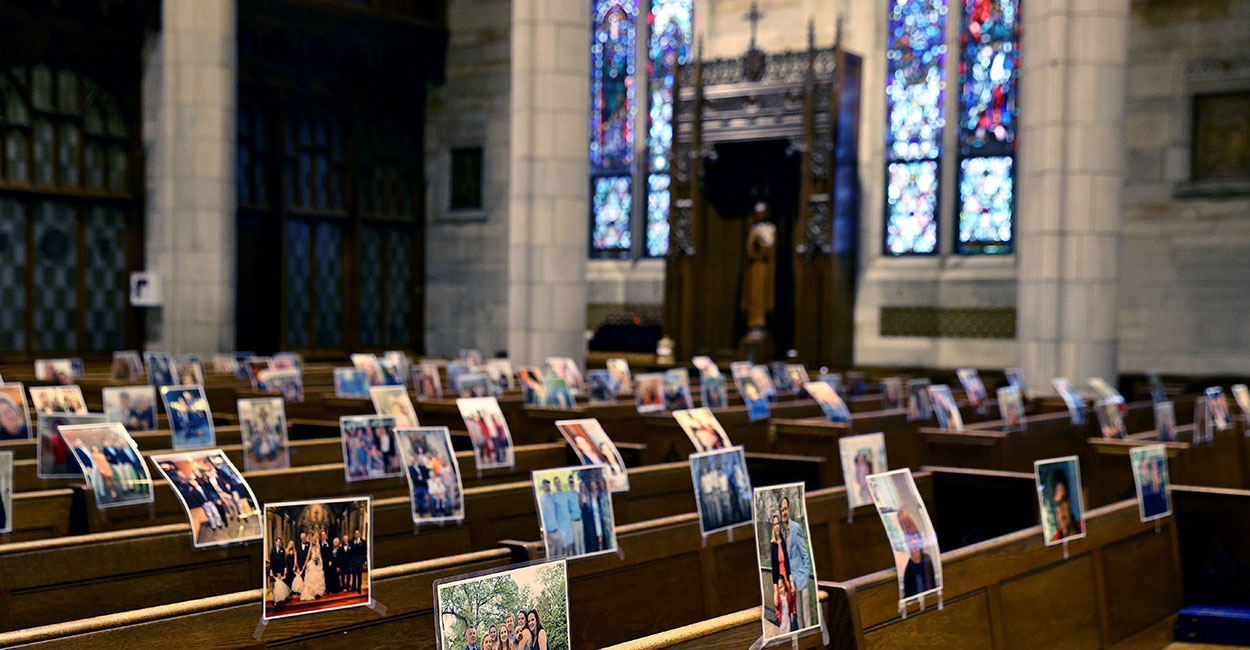“Mommy, are we going to watch Mass today?”
That’s what my 3-year-old son unexpectedly asked me on Sunday morning as I set up the laptop in the living room, waiting for Mass to go “live” on our parish’s Facebook page.
It dawned on me right then and there that even this little person was adjusting to the new coronavirus norm where the faithful “tune in” to church.
The Daily Signal depends on the support of readers like you. Donate now

My son’s face still bears a quizzical look each time we “watch” Mass. He seems to understand that watching Mass, rather than gathering in church to celebrate the Mass, is very different.
This social distancing has put in sharp relief what many people of faith are desperate for: the peace that lives within the four walls of worship.
That’s not to take away from the online tools that many congregations are so fortunate to have at their fingertips. But some churches simply don’t have internet access.
In my state of Virginia, Pastor Kevin Wilson of Lighthouse Fellowship Church held a small, 16-person Palm Sunday service inside the church building since many congregants lack internet access.
However, state policy prohibits gatherings of more than 10 people, and those gathered must be spaced at least 6 feet apart. Police in gloves and masks interrupted the service with a threat of a $2,500 fee or jail time.
The church has filed a federal lawsuit against Gov. Ralph Northam, a Democrat, for violating its First Amendment rights.
Even some of those with a high-speed internet connection are choosing the church parking lot as the next best–and closest–thing to worshiping within the church’s four walls. Across the country, pastors are holding drive-in services that allow the faithful to sit in their parked cars outside the church as the sermon comes through the radio dial.
In San Francisco, Parris Khachi and Emily Manashi refused to let the coronavirus lockdown ruin their long-awaited wedding. They took their vows in front of the altar at St. Ignatius Church.
With just immediate family present, the couple’s walk down the aisle was live-streamed in real time for socially distanced guests. The church lined its pews with pictures of congregants for the ceremony–a welcome surprise for the wedding guests watching online.
This longing to be within the four walls of worship extends beyond the Christian faith.
For the first time in American history, reportedly, not one synagogue was open for worship. The Forward, an American-Jewish publication, notes that the “urge to return [to synagogue] will be strong for many” once public health concerns subside.
“At times of danger and hardship, normally Jews come to synagogue,” Jonathan Sarna, a professor of American Jewish history at Brandeis University, told The Forward.
Muslims also are distraught over the closure of many mosques, especially during the prayerful holy month of Ramadan.
“I keep thinking about all the times I could’ve gone to the mosque when it was open,” Imam Omar Suleiman said in a live-streamed sermon from his home in Dallas, Texas.
As a Catholic, being separated from the physical church has shown me just how much I need it. I think of those Sundays we made excuses for not attending–the kids’ nap schedules were off, we were traveling, our 1-year-old woke us up too early–and now wish only that I had that time back.
I regret putting off the confessional, only to be indefinitely cut off from it. I regret my diminished volunteerism at our church’s adoration chapel.
I know my eldest son misses visiting the St. Agnes statue in the vestibule with Daddy and exchanging “peace be with you” handshakes with those around us.
It’s partly because of this newfound gratitude that I find myself giving more through the online offertory than I ever did in person. Of course, I’m also concerned about what the church is facing now financially.
Until we can open those church doors again, we’ll continue joining our fellow parishioners worshiping through Facebook Live every Sunday. And we’ll take solace in the outpouring of thanks, albeit in the comment section, for the wonderful clergy who celebrate Mass.






























